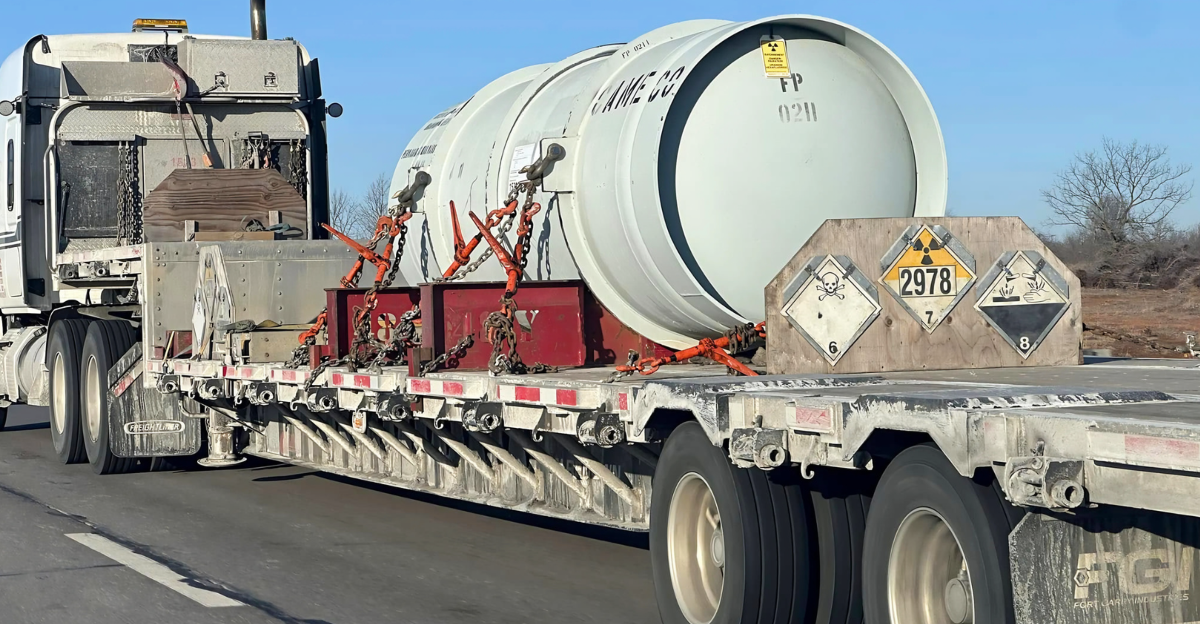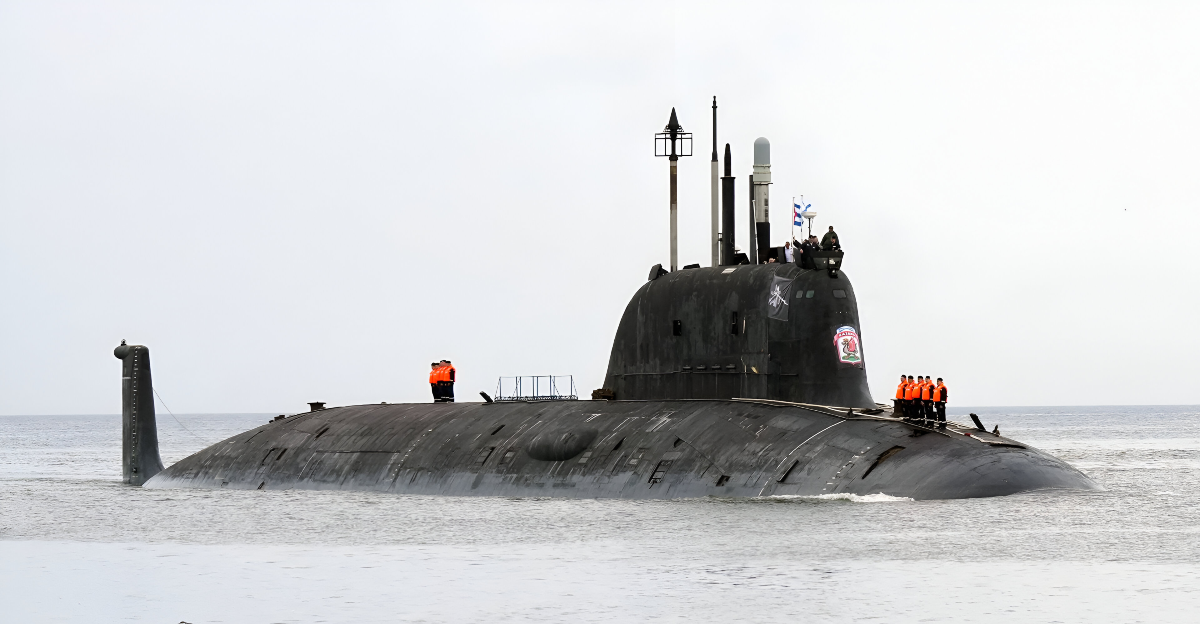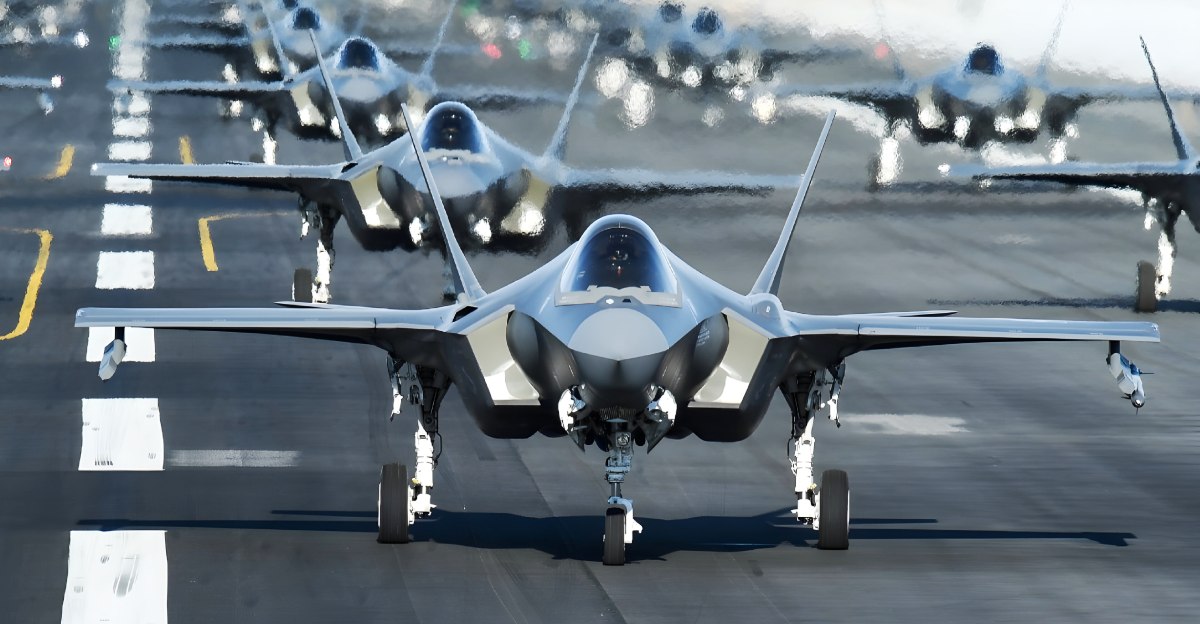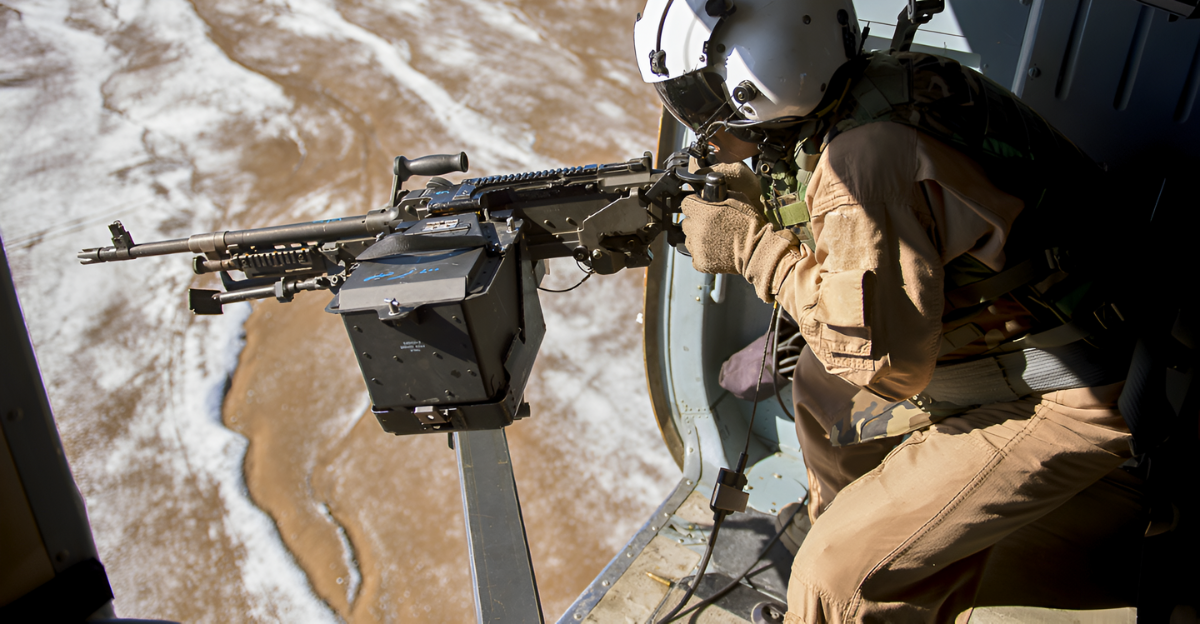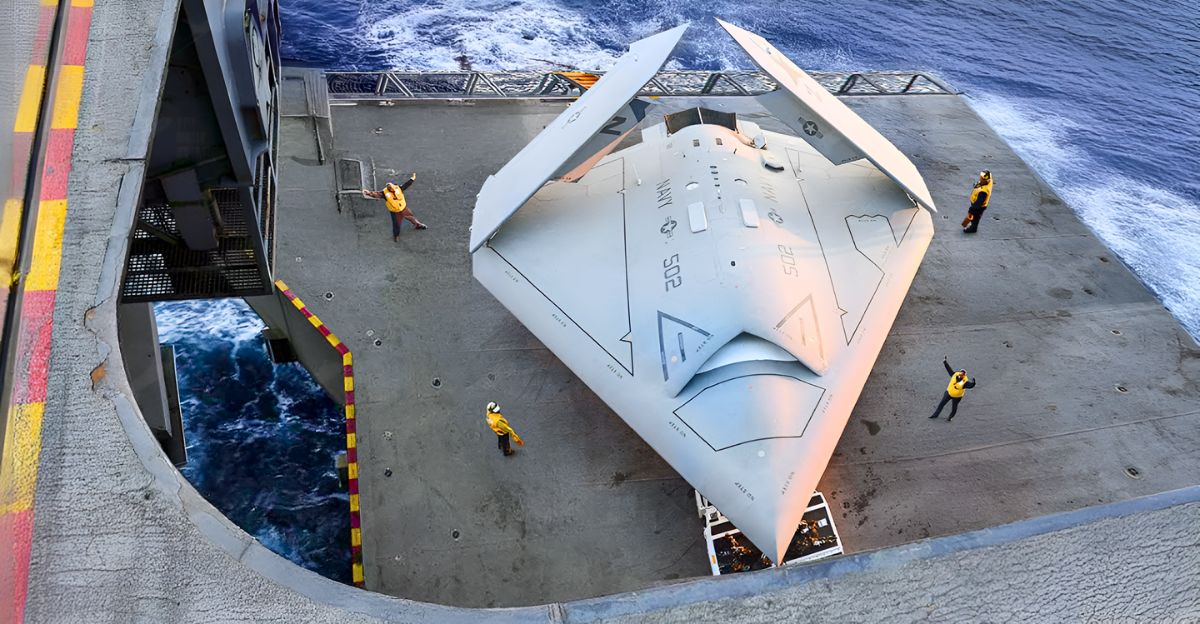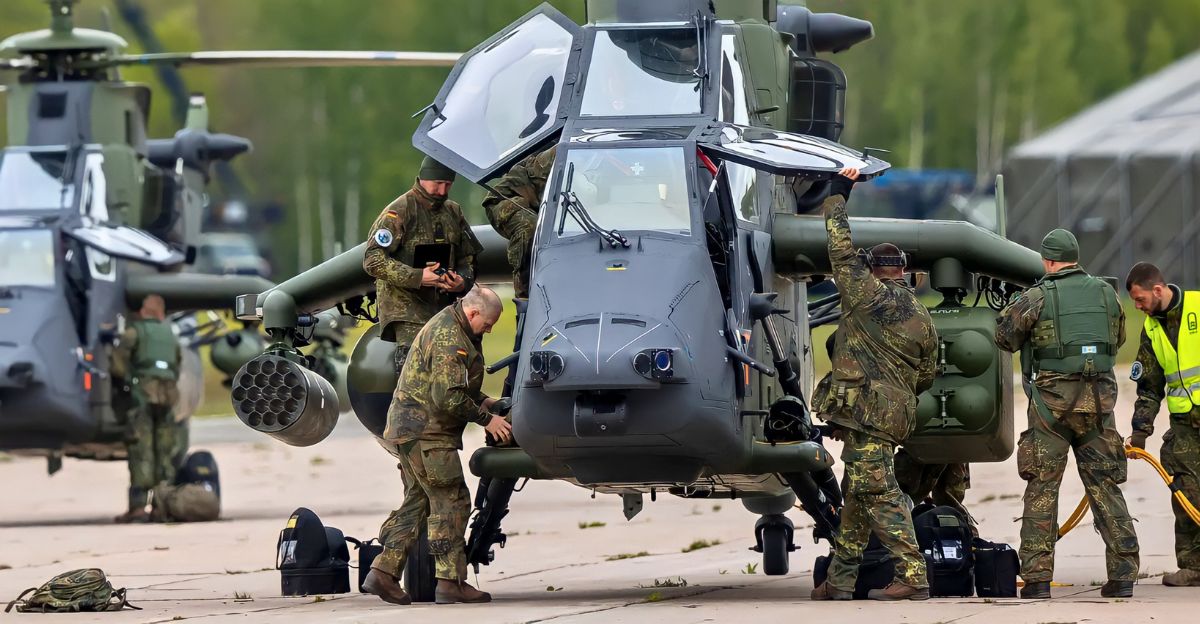
NATO defense budgets are shooting upwards. At a June 2025 summit in The Hague, leaders agreed to a huge new goal: spend 5% of each country’s GDP on core military and security by 2035 — more than double the old 2% threshold. This surprise move was driven by U.S. pressure (notably President Trump) and fears of Russia’s invasion of Ukraine. Hundreds of billions more will flow into armies, jets and tanks over the coming decade.
It’s the most dramatic defense budget surge in decades — a global wake-up call that will affect everything from national budgets to battlefield readiness.
Why It’s Happening
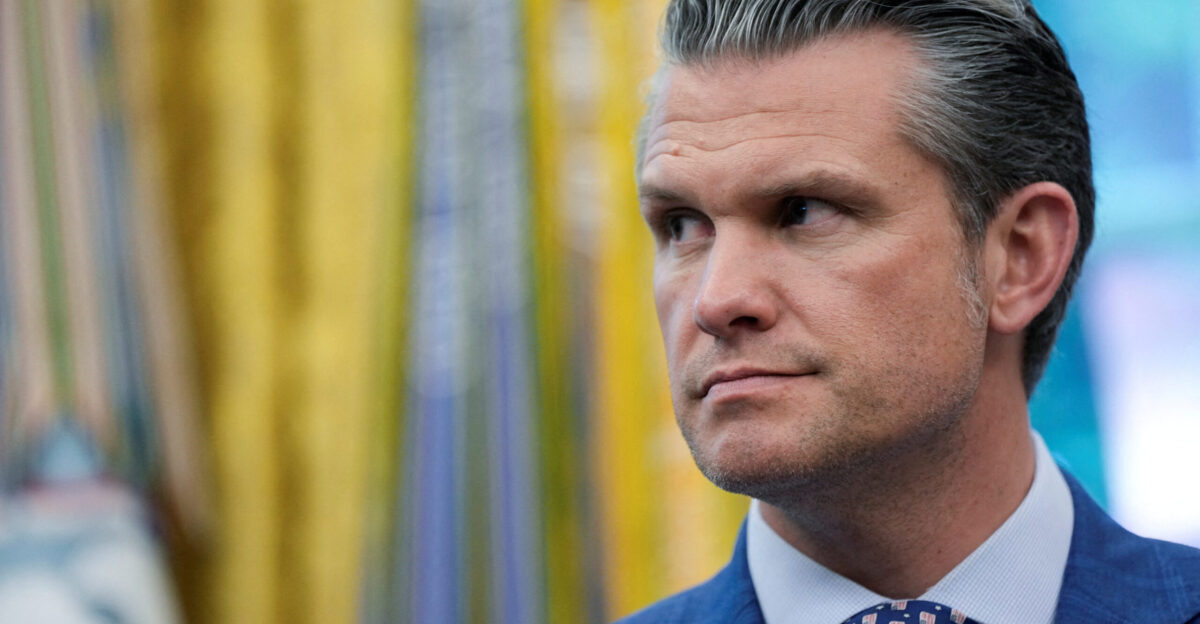
Geopolitical forces are pushing NATO to spend more. Europe’s wariness about Russia has spiked – NATO’s secretary-general warned Russia could use force “within five years” and even called Moscow the “most significant threat” to the alliance. Meanwhile, U.S. leaders have been blunt: President Trump demanded friends pay their share, and the U.S. defense chief reminded allies that “America can’t be everywhere all the time”. In sum, worries about a more aggressive Russia – plus Washington’s push to “pay up” – have triggered this massive spending surge.
By 2024, only 22 of NATO’s 32 allies were hitting even the old 2% goal (the alliance’s average was 2.61% of GDP), so the jump to 5% marks a radical shift.
Arms & Contracts
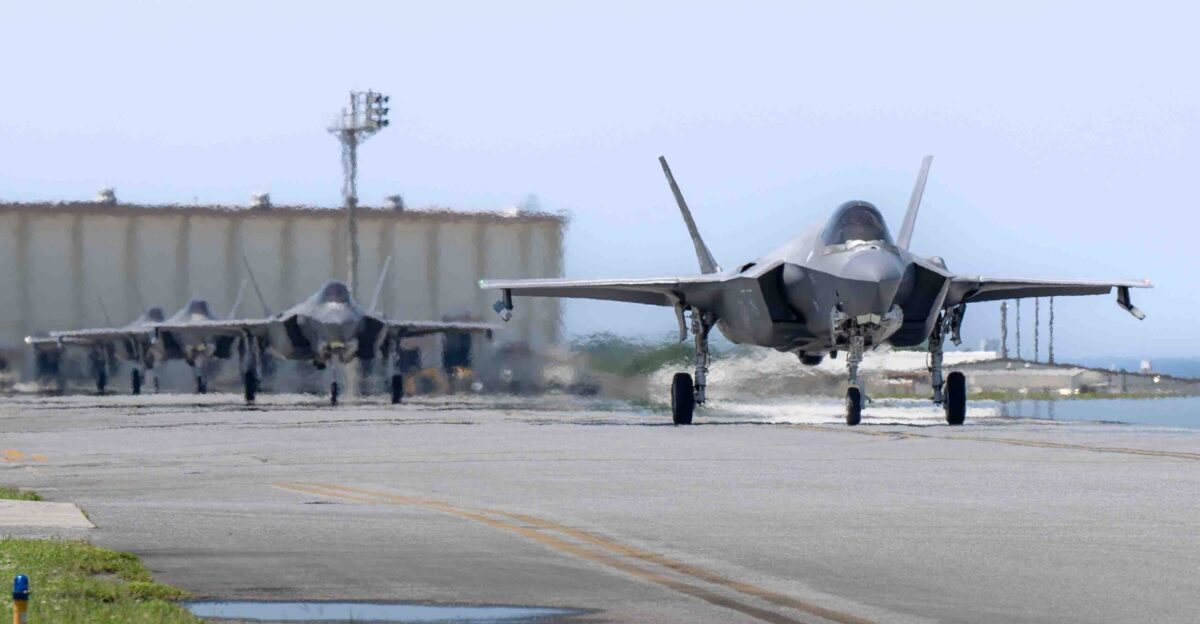
Allies are already putting the money in motion. NATO has set detailed “capability targets” – lists of jets, tanks, air defenses, drones, logistics systems and even fortified bridges that each country must field. In practice, this means a spending spree at defense contractors. President Trump openly said he expects the new NATO cash to be spent on U.S.-made military hardware. Even traditionally low-spending members are stepping up. Britain, for example, announced it will buy a dozen U.S.-built F-35A fighter jets — a major expansion of its nuclear deterrent.
In short, expect a boom in hardware orders, joint exercises and an arms-industry surge across NATO.
Tough Choices at Home

All that gear costs a lot of cash, and it has to come from somewhere. Currently, no NATO member spends more on defense than on health or education, but the new targets would flip that for many countries. Analysts note that 21 nations that now invest under 5% of GDP in education would end up spending more on the military under the new rule. In practice, governments will face tough budget debates – raising taxes or cutting spending on pensions, hospitals and schools – to free up money.
For example, Spain’s prime minister warns that hitting 5% would force “drastic cuts on social spending” like pensions or big tax hikes.
Global Arms Race
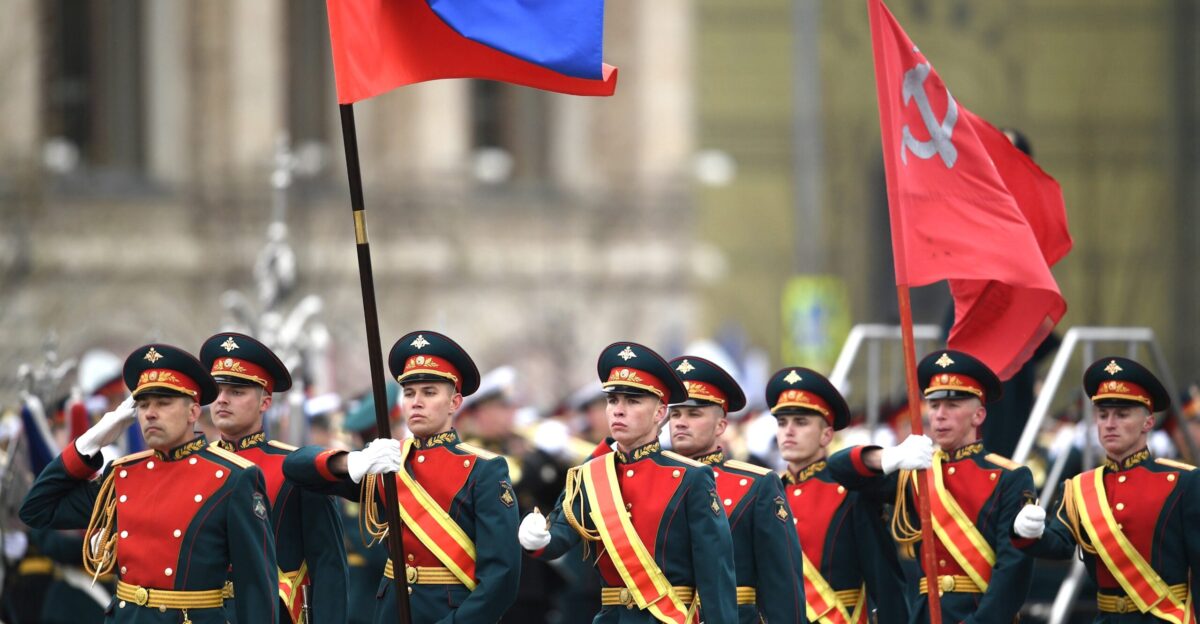
The effects won’t stop at Europe’s borders. NATO’s combined defense bill was already enormous – roughly $1.3 trillion in 2024 – which dwarfs Russia’s (about $149 billion, or 7.1% of GDP, in 2024). But Russia isn’t standing still: Moscow boosted its military spending 38% in 2024, and China is also ramping up (though at about 1.7% of GDP). In short, NATO’s surge is part of a global arms buildup.
Expect rival powers to respond in kind, and for the worldwide arms market to feel a jolt as allies buy more jets, missiles and high-tech kit.
Rules & Unity
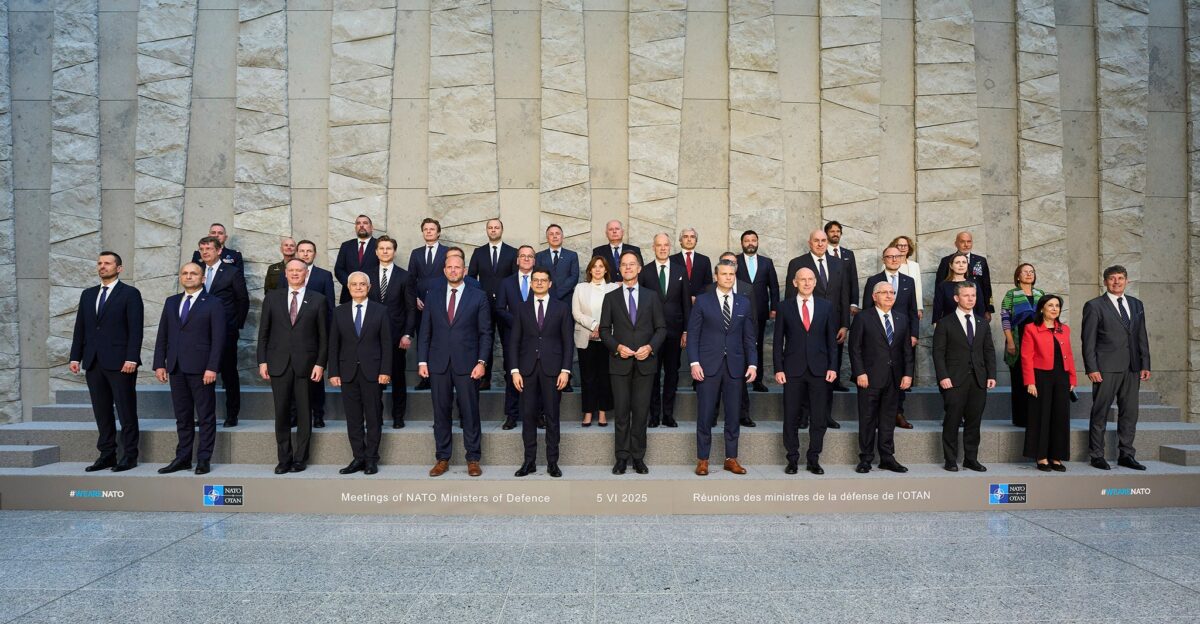
Politicians are racing to make the spending possible. In Brussels, EU budget rules were relaxed: member states can now hike defense budgets by up to 1.5% of GDP per year without penalty, and a new €150 billion fund was set up for joint weapons projects. At the Hague summit, NATO’s 32 members also publicly reaffirmed their “ironclad commitment” to mutual defense under Article 5, underscoring alliance unity.
Governments are rewriting budgets and alliance rules – loosening fiscal limits and fast-tracking arms deals – to turn this spending plan into reality.
Critics Sound the Alarm
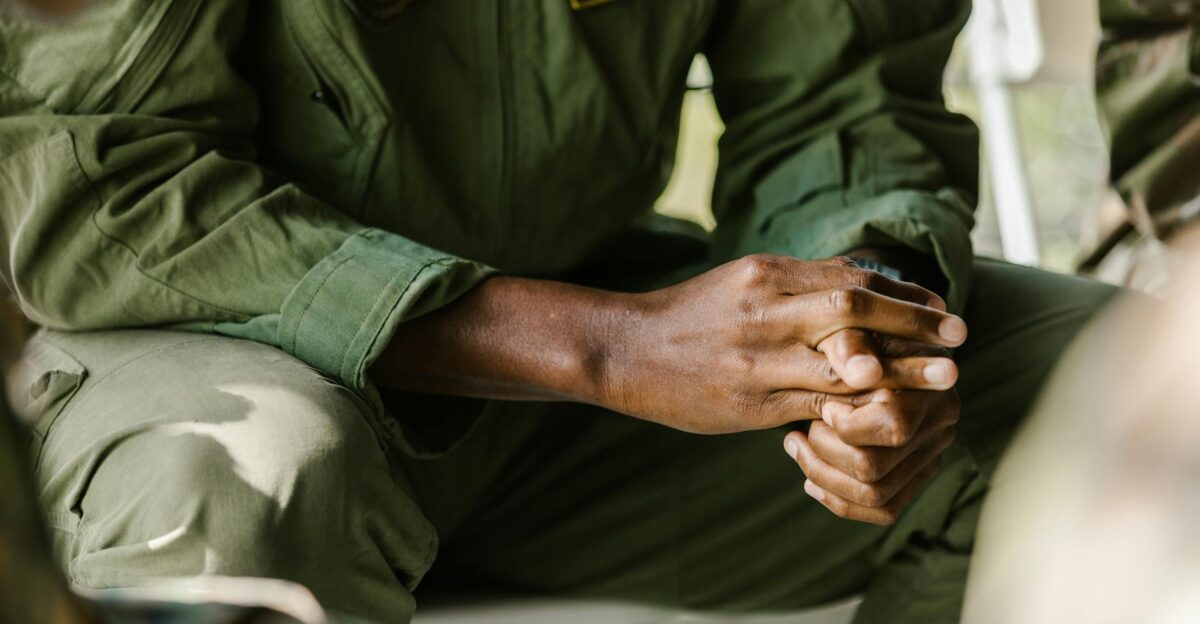
Not everyone is convinced this is wise. On the ground, experts and citizens warn of trade-offs. Spanish PM Sánchez put it bluntly: accepting 5% would mean “an extra €300 billion on defense… from cuts in health and education,” with the money coming out of schools and hospitals. European labor unions similarly warn that even meeting the 3.5% core target will force serious tax hikes or spending cuts.
Many insiders fear this arms binge may cause short-term pain – bolstering armies now, but straining economies and social services later.
Politics & Policy
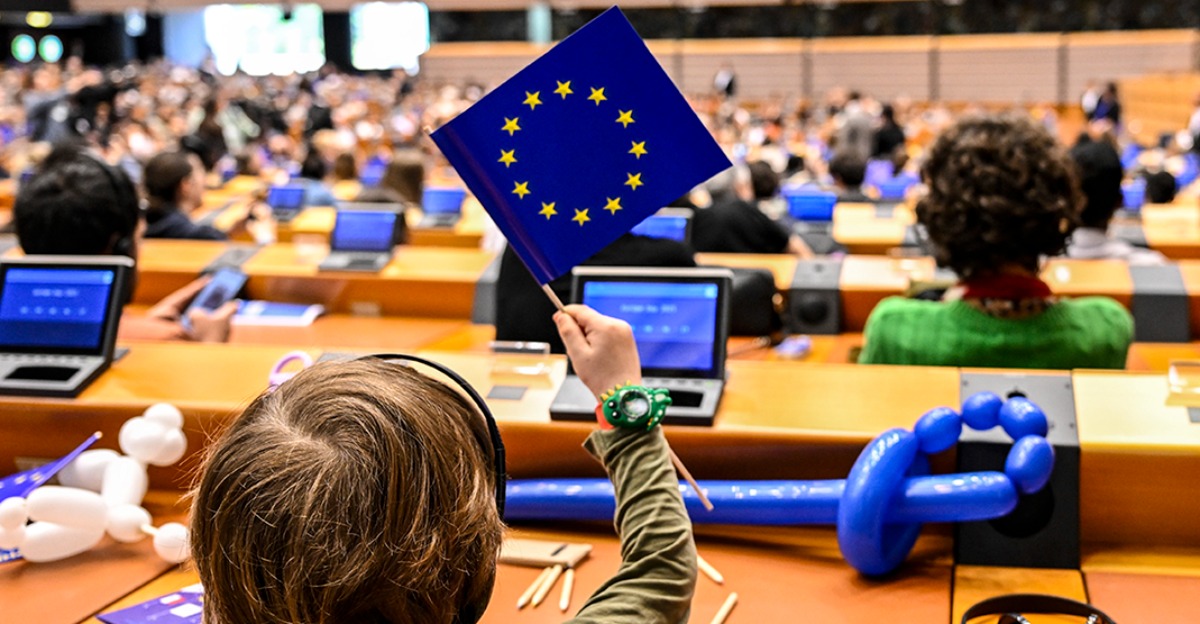
Allies’ capitals are abuzz. U.S. lawmakers and European parliaments are fast-tracking defense bills, and EU ministers have even adjusted treaties to allow the extra military spending. At the NATO summit, leaders linked the budget leap to big strategic shifts: officials said the extra money is needed to counter Russia and let Europe take on more of its own defense as the U.S. pivots toward Asia.
NATO’s new Secretary-General Mark Rutte hailed the outcome, saying it will make the alliance “stronger, fairer and more lethal”. These moves show NATO politics are fully geared toward this rearmament.
Getting Ready
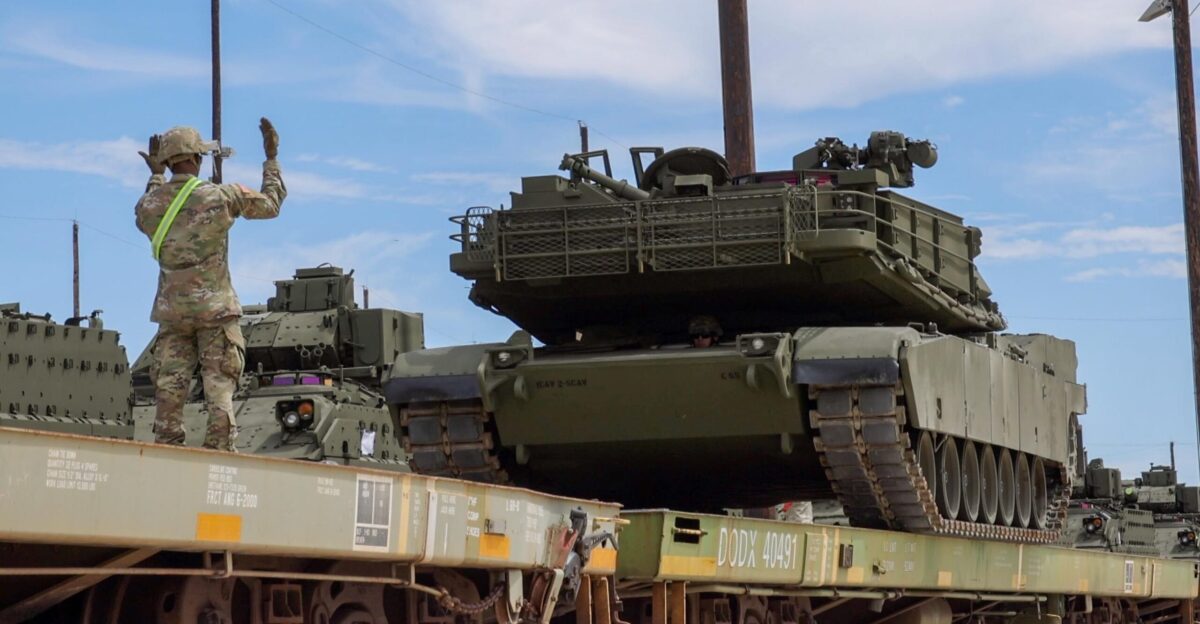
What comes next? Defense planners say: prepare, don’t just spend. NATO notes the 5% goal includes infrastructure upgrades (hardened roads, ports, cyber defenses) as well as troops and tanks. Governments should beef up logistics, stockpile supplies and modernize bases now, not just count jets. Training and maintenance must scale up, too, or all that new gear won’t help.
At the same time, citizens should watch budgets closely: demand that any tax increases or debt actually improve security. In short, plan and practice now before costs and tensions climb even higher.
The Big Picture
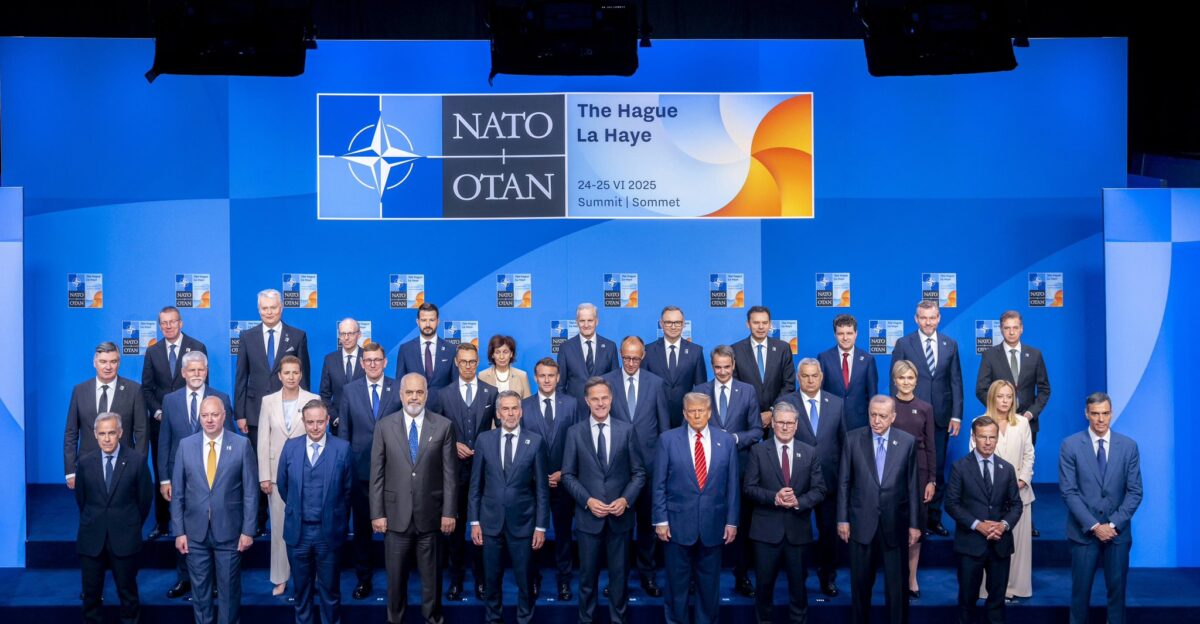
What began as a summit target could reshape politics and economies for years. When NATO countries commit to armies over services, it ripples out – to taxes, to schools, even to climate policy. The 5% pledge was meant to bolster security, but it also tests alliance cohesion and public support. Will it truly deter threats, or will it strain citizens and unity? Only time will tell.
One thing’s certain: NATO’s summer 2025 decision to rearm at scale will echo far beyond military bases, touching everyday life in every member country.

